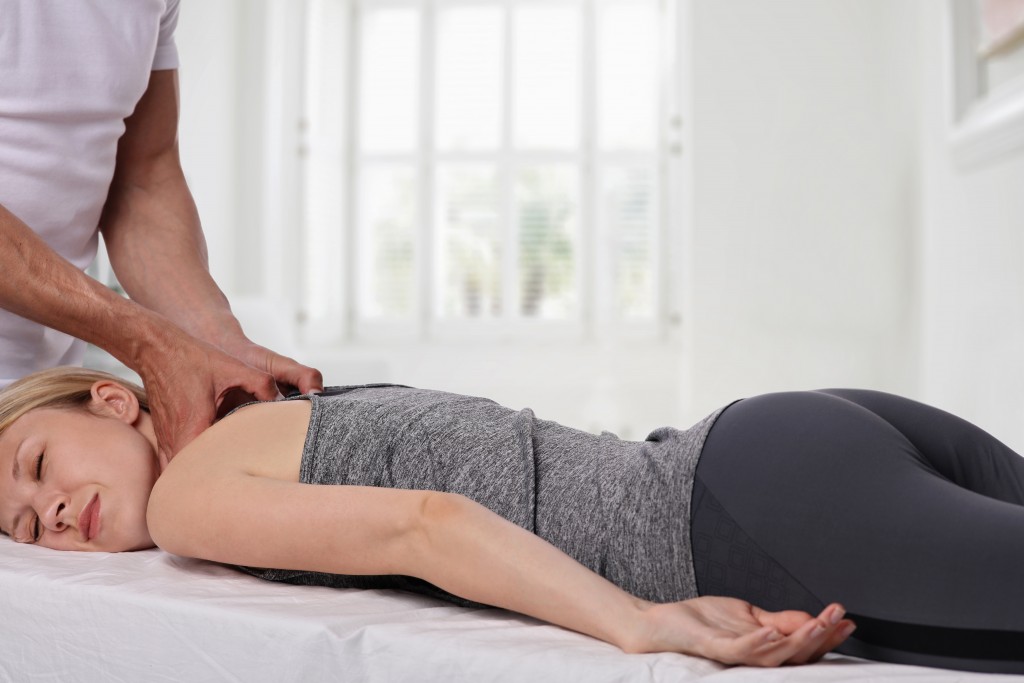The relationship between pain and sleep deprivation is intense, and it both boggles and hurts the bodies and minds of many chronic pain sufferers.
According to the National Sleep Foundation, over 60% of these individuals cannot enjoy a decent sleep. The question is why. Today, you’ll understand the connection and how a massage can help improve both health problems.
Sleep and Pain
Many people with a slipped disc, multiple sclerosis, lower back pain, or arthritis find themselves in a vicious cycle between pain and sleep deprivation.
The aching muscles and the stiff joints will keep them up all night. After all, pain is always uncomfortable. However, the lack of sleep can worsen the problem because of inflammation.
Inflammation is the body’s immune response to what it perceives as threats. When it detects a foreign invader, such as a pathogen, it produces antibodies that act like soldiers. As a result, though, the affected area becomes warm, swollen, or tender to touch.
For this reason, the body needs a switch to help regulate it. One of these is sleep.
According to Michael Breus, Ph.D., the Sleep Doctor who popularized chronotypes, shared that sleep could decrease pro-inflammatory activities. These can refer to the overproduction of immune proteins, a process that can do more harm than good.
Meanwhile, a 2013 research in the Best Practice & Research Clinical Endocrinology & Metabolism showed an association between acute sleep loss and changes in immune mediators, such as cytokines.
If a person continues to experience sleep loss or deprivation, the body can produce more of these pro-inflammatory substances. Later, it might only attack the tissues and organs. It also generates chronic pain.
What Has Massage Got to Do with It?

For many, to deal with both pain and sleep deprivation, they take medications. Some of these drugs, however, can increase the risk of dependency or addiction. Regular intake can decrease their effectiveness. Thus, sufferers have no other option but to increase the dosage.
Because of this, experts are looking into non-drug interventions, such as a massage. How can a trip to a spa or even a purchase of Inada Dreamwave improve both sleep and pain?
One, a massage, even something that’s gentle, can help relax tense muscles. It can also dilate the blood vessels to allow more blood to circulate and flow to the affected areas. In turn, these places receive nutrients to help them heal.
A massage can also boost the production of serotonin, a hormone and neurotransmitter that regulates mood, behavior, memory, and sleep. It can reduce the risk of anxiety and depression, which studies associate with sleep loss. People with chronic pain are also prone to these mental health problems.
Meanwhile, a 2012 study revealed that massage therapy could control the production of inflammatory markers, such as cytokines. The process is like that of non-steroidal inflammatory drugs (NSAIDs).
Massage alone might not work for all types of chronic pain and pain-related illnesses. People with these health issues also need to work closely with their doctors to ensure that such treatment is safe for them. However, one can already consider it as a complementary therapy or part of the treatment plan.

